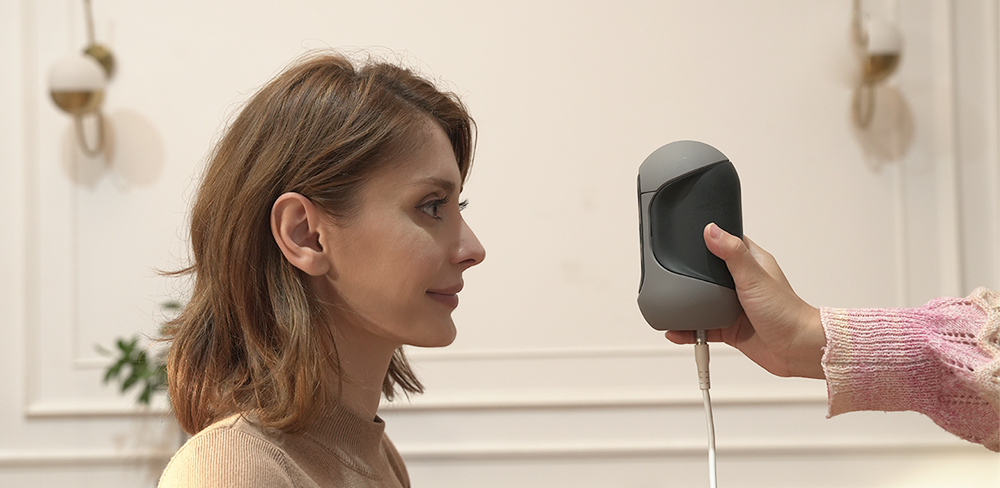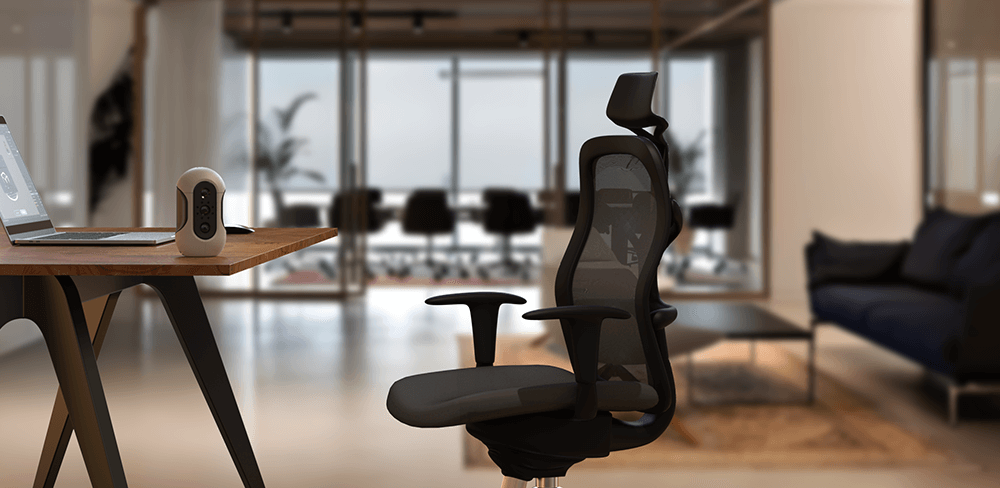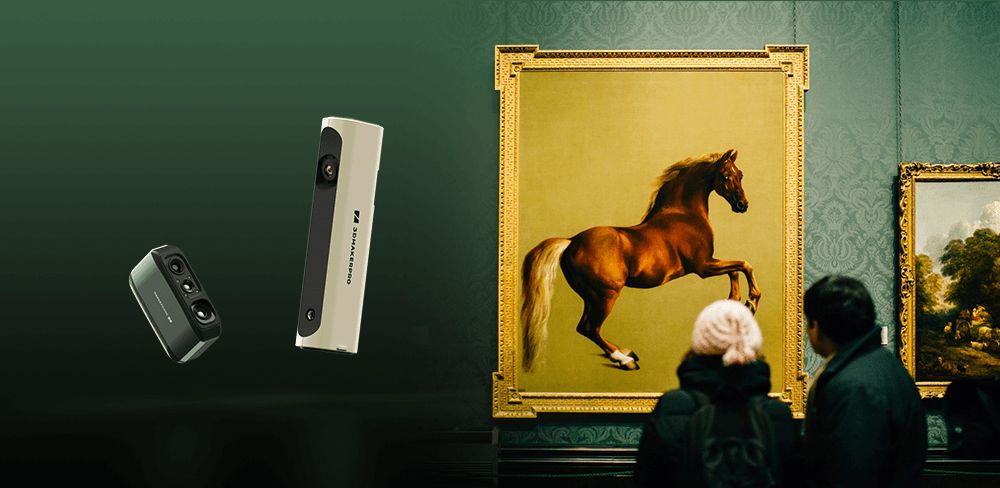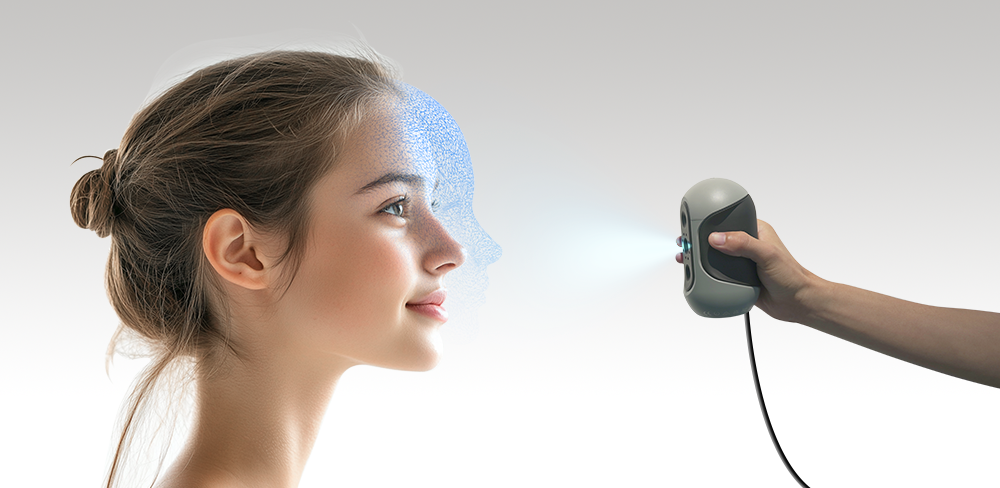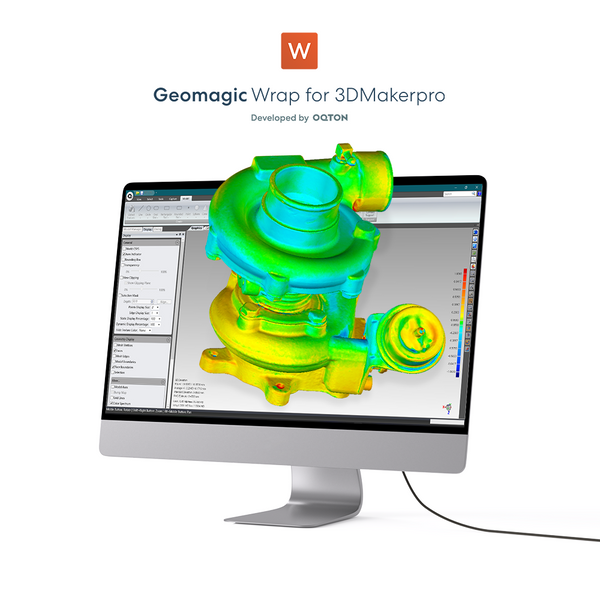In today’s rapidly evolving healthcare landscape, precision, personalization, and preventive care are more important than ever. That’s where 3D medical imaging comes into play. From designing patient-specific devices to supporting physical rehabilitation, 3D scanning and imaging technologies are transforming patient care across every stage—from initial assessment to post-treatment outcomes.
In this article, we explore what a 3D body scan is, what it tells you, and why 3D printing powered by these scans is becoming a cornerstone in modern medicine. We’ll also uncover how cutting-edge tools like the Mole 3D Scanner and professional-grade software such as Geomagic Wrap are quietly shaping the future of healthcare—enhancing everything from anatomical modeling to prosthetic customization.
A 3D medical scan is a non-invasive imaging technique that captures surface-level anatomy in three dimensions—length, width, and depth. Unlike traditional 2D imaging like X-rays or ultrasounds, 3D body scans provide external visualizations that support more tailored healthcare and design solutions.
So, what does a 3D body scan tell you?
- It digitally captures the surface contours of body parts or physical models.
- It reveals visible asymmetries or surface irregularities that may not be easily detected in 2D images.
- It supports the creation of custom-fit devices such as prosthetics and orthotics.
- It assists in monitoring external shape changes over time—ideal for cosmetic planning, rehabilitation, or surface condition tracking.
With tools like the Mole 3D Scanner, healthcare professionals and designers can obtain precise surface data to support a range of medical modeling and customization needs.
Why Is 3D Printing Important in Healthcare?
The intersection of 3D scanning and 3D printing is where healthcare personalization truly shines. Once a patient’s body or body part is digitized using a 3D scanner, that data can be used to print highly customized medical products such as:
- Prosthetics and orthotics
- Dental crowns and aligners (based on scanned impressions or models)
- Ear molds for hearing aids (via indirect scanning)
- Reconstructive facial models
- Customized external medical devices
Why is this important?
Because these items aren’t just functional—they’re personal. A prosthetic limb designed to match a patient’s unique shape or a dental device molded from a precise 3D impression dramatically increases comfort, accuracy, and patient confidence. In clinical settings, this leads to better outcomes, improved fit, and reduced turnaround time.
3D Medical Imaging: Transforming Patient Care
1. Personalized Diagnostics and Monitoring
3D scanning allows for precise, repeatable measurements that enable professionals to compare surface-level changes over time. For instance, using handheld scanners like the Mole from 3DMakerpro, clinicians and technicians can track visible external shifts in posture, swelling, or healing.
The Mole’s high-resolution capture makes it a reliable tool for modeling localized anatomy and monitoring changes in physical form—supporting a wide range of use cases from rehabilitation to cosmetic planning.
2. Custom Medical Device Design
Creating patient-specific solutions isn’t just a benefit—it’s becoming an expectation. With the help of software like Geomagic Wrap, practitioners can take raw 3D scan data and convert it into CAD-ready formats for device manufacturing. This is essential for:
- Orthopedic insoles and braces
- Hearing aids molded to ear impressions
- Dental aligners (based on scanned models)
- Facial reconstruction guides
The result? Devices that fit better and function more naturally, based on accurate external anatomical models.
3. Enhanced Surgical Planning
Surgical teams increasingly rely on 3D imaging to simulate procedures and design patient-specific models. For example, in reconstructive procedures, 3D scans of a healthy facial side can be mirrored to create implants or surgical guides.
Scanners like the Mole—with 0.05mm accuracy and visual tracking—enable high-quality capture of facial features or anatomical models, which can then be processed with software like Geomagic Wrap to generate precise surface models. While not intended for diagnostic use, Mole supports external modeling that aids in surgical preparation and customization.
Real-World Use Cases: Where 3D Imaging Is Making a Difference
- Scanning limb contours for prosthetic socket customization
- Capturing facial features for aesthetic modeling
- Scanning dental or ear molds for indirect device fabrication
- Designing protective or therapeutic gear for patients
- Creating 3D reference models for patient education or simulation
Mole 3D Scanner: Fast, Accurate, and Built for Surface Modeling
The Mole 3D Scanner by 3DMakerpro delivers professional-grade accuracy (up to 0.05mm) in a lightweight, ergonomic handheld device. While not a diagnostic tool, Mole is highly effective for capturing detailed scans of small to medium-sized body parts or models—making it suitable for applications in prosthetics, dental modeling, and external anatomy design.
Key Features:
- 0.05mm accuracy and 0.1mm resolution
- Visual tracking—no markers required
- Near-infrared (NIR) light for scanning dark or hair-covered surfaces
- Optical anti-shake for stable handheld operation
- Ultra-clear texture mapping (with optional color kit)
Scans are exportable in PLY, STL, and OBJ formats, compatible with major 3D modeling tools including Geomagic Wrap.
Geomagic Wrap: Turning Scans into CAD-Ready Medical Models
Capturing 3D scan data is the first step—Geomagic Wrap transforms that data into usable 3D assets for design and production. Especially valuable in prosthetics and dental applications, it enables clean, accurate conversion from mesh to solid models.
Key Features:
- Advanced mesh refinement and healing
- Automatic surfacing and 3D curve generation
- Accurate cross-section creation
- Export to CAD-friendly formats (STEP, IGES)
- Compatibility with STL, OBJ, and PLY files
For healthcare professionals and designers alike, Geomagic Wrap bridges the gap between scan and solution.

Conclusion: Embracing the Future of Patient-Centric Healthcare
As medical imaging continues to evolve, 3D technologies are becoming indispensable for personalized, precise, and predictive care. Whether you're wondering what a 3D body scan tells you or investigating why 3D printing is important in healthcare, the answer lies in its ability to support tailored solutions that improve patient outcomes.
Tools like the Mole 3D Scanner and Geomagic Wrap software empower professionals to make faster, better-informed design decisions. While these tools are not substitutes for diagnostic imaging, their role in external modeling, prosthetics, and patient-specific devices is reshaping how we approach modern patient care.
In a world where personalization is key, 3D medical imaging brings new clarity—one layer at a time.


